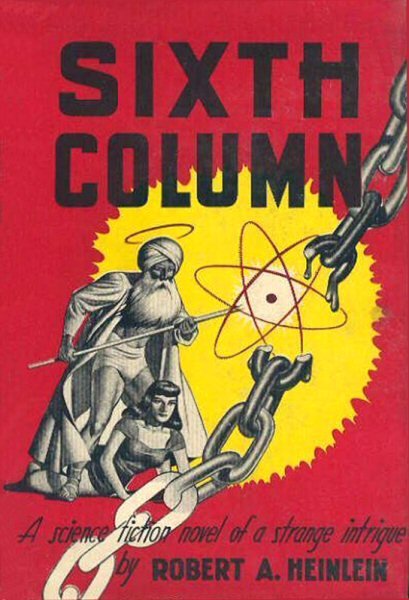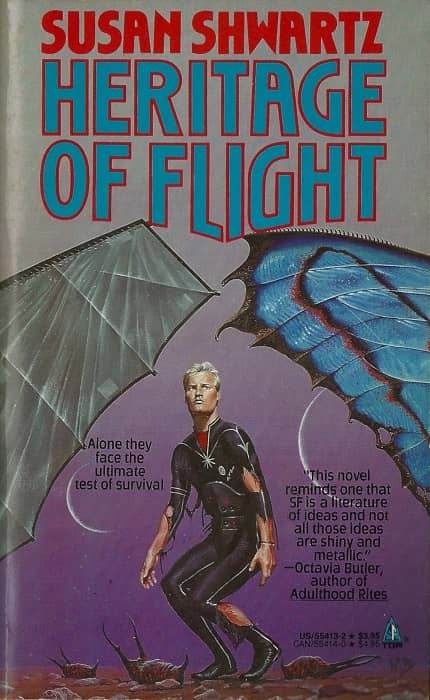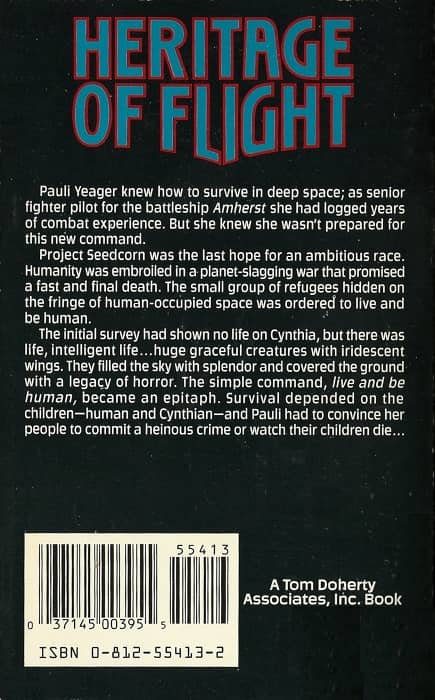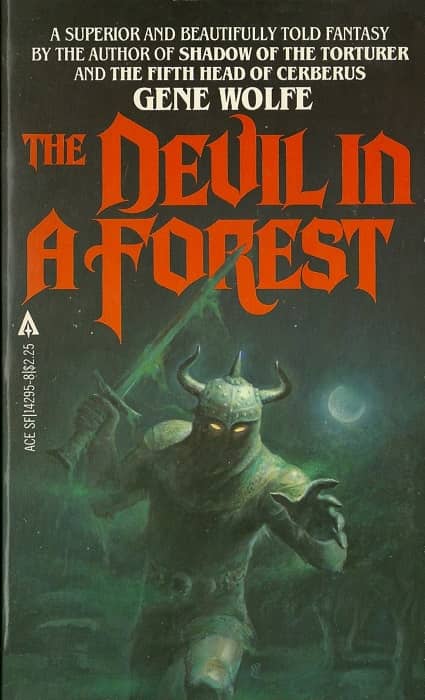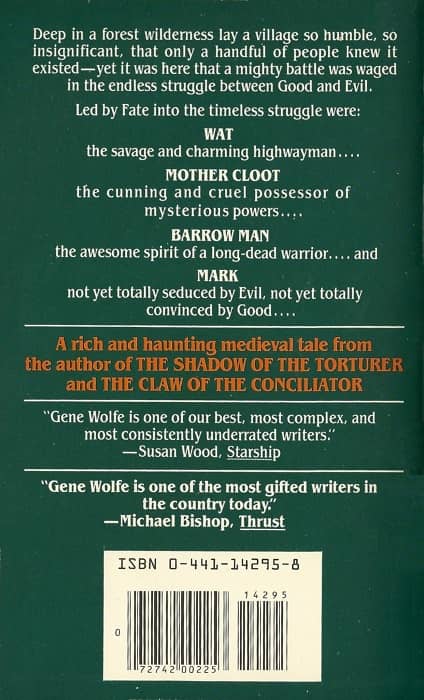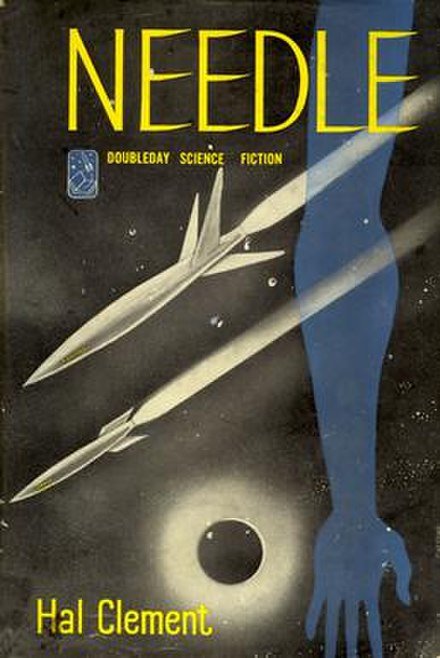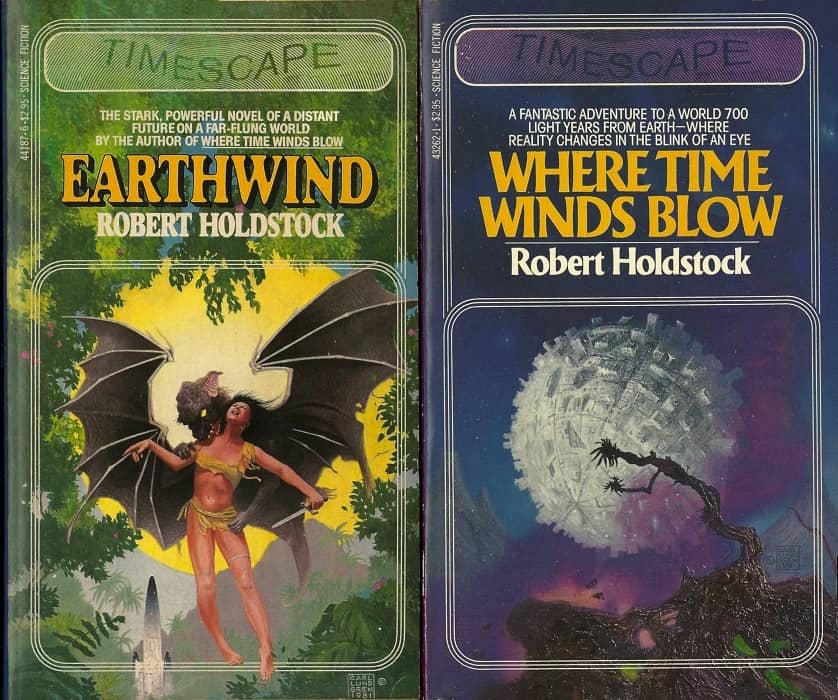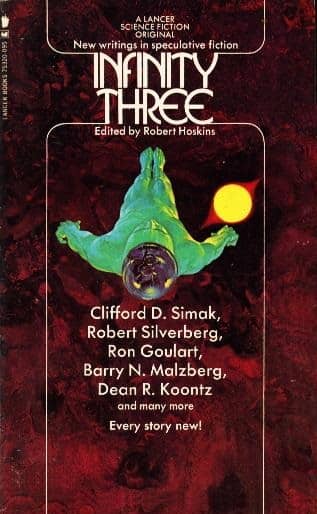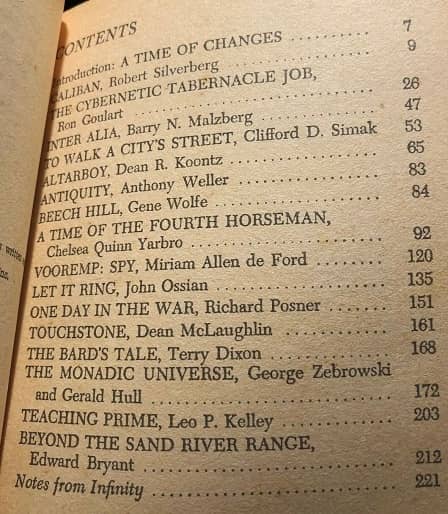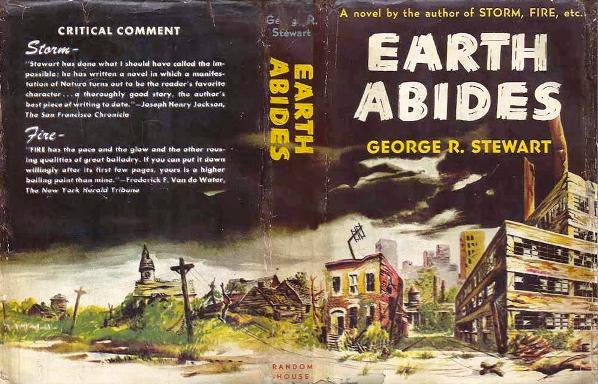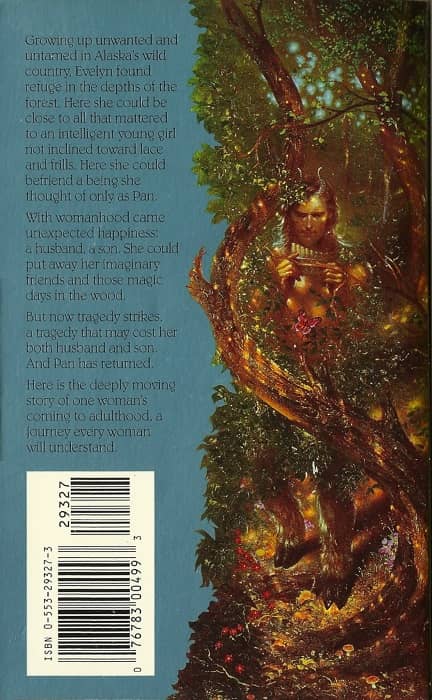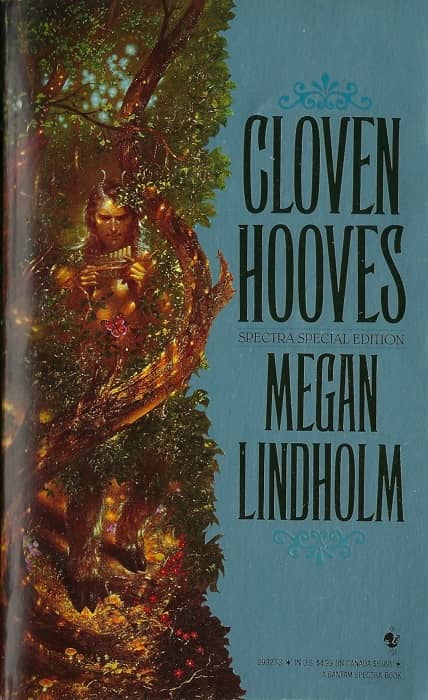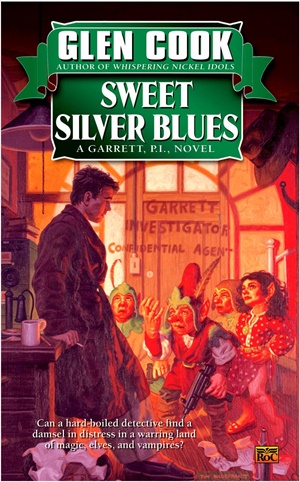Vintage Treasures: Great Work of Time by John Crowley
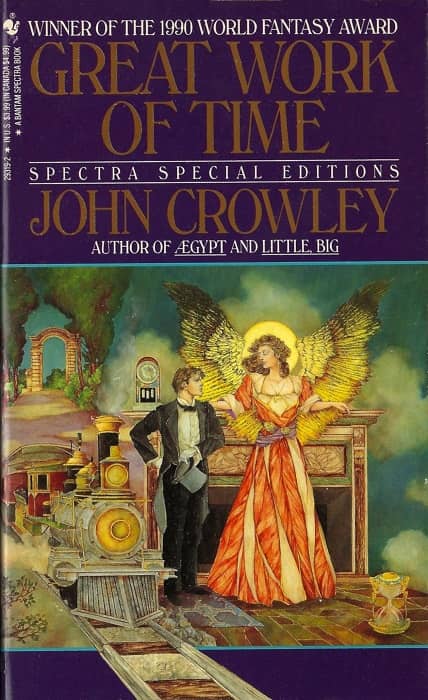 |
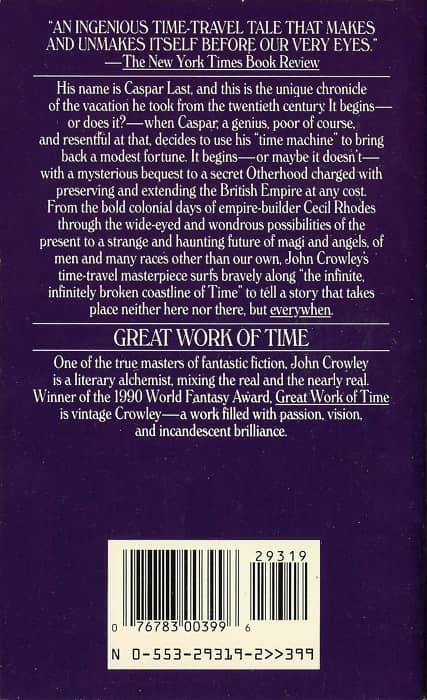 |
Great Work of Time (Bantam Spectra, 1991). Cover by Thomas Canty
“Great Work of Time” was originally published in John Crowley’s 1989 collection Novelty. It was nominated for the Locus and Nebula Awards, and won the World Fantasy Award for Best Novella. Two years later it was published in a standalone paperback edition by Lou Aronica at Bantam Spectra, with a handsome cover by Thomas Canty (above).
Great Work of Time is a time travel story, featuring a secret society at work to prevent World War I and preserve and strengthen the British Empire. The Washington Post calls it “dazzling, Escher-like,” and it has been warmly reviewed in many other places over the years. But my favorite review is a modest Goodreads post by a user named Daniel, which aims to articulate part of the magic of this small tome. It reads, in part,
This general theory of effect is nothing new to the genre of time-travel, yet in his explication of this phenomenon, and in his execution of the story set forth in “Great Work of Time,” Crowley has accomplished something novel and frightening: novel, because the theory that he posits for time travel gives birth to a puzzle-box of plots, each one linked to the other in a myriad ways that a lesser writer would find impossible to describe with mere prose; frightening, because Crowley directs his characters to employ this multifaceted instrument in the continuation and perfection of no less a behemoth than the British Empire.
Once the Big Idea of this novella makes its appearance, its connotations loom like a massive, starlit guillotine, its razored face poised above the great works proposed by Crowley’s characters, its fatal fall held back by a few tenuous questions. Yes, these time benders seek to do good and only good for all of humanity — but who are they to say what is good? Yes, they seek to erase the lines of power that tie men and nations together — but are they not themselves the source of a greater power, one that holds dominion over every possible reality?
These questions frightened me as soon as they appeared, and I wondered if Crowley would approach them in this novella of such modest size. And when he not only touched upon these questions, but traced them all the way to their conclusions, I was left stunned by what I read, and what the words made me see.
Great Work of Time was published by Bantam Spectra in August 1991. It is 136 pages, priced at $3.99. The cover is by Thomas Canty. It has been reprinted over half a dozen times since, including in David Hartwell’s 1,005-page classic The Science Fiction Century (1997), A Science Fiction Omnibus (2007), edited by Brian Aldiss, and most recently in the May 2018 issue of Lightspeed magazine, edited by John Joseph Adams. See our previous John Crowley coverage here, and all our recent Vintage Treasures here.
